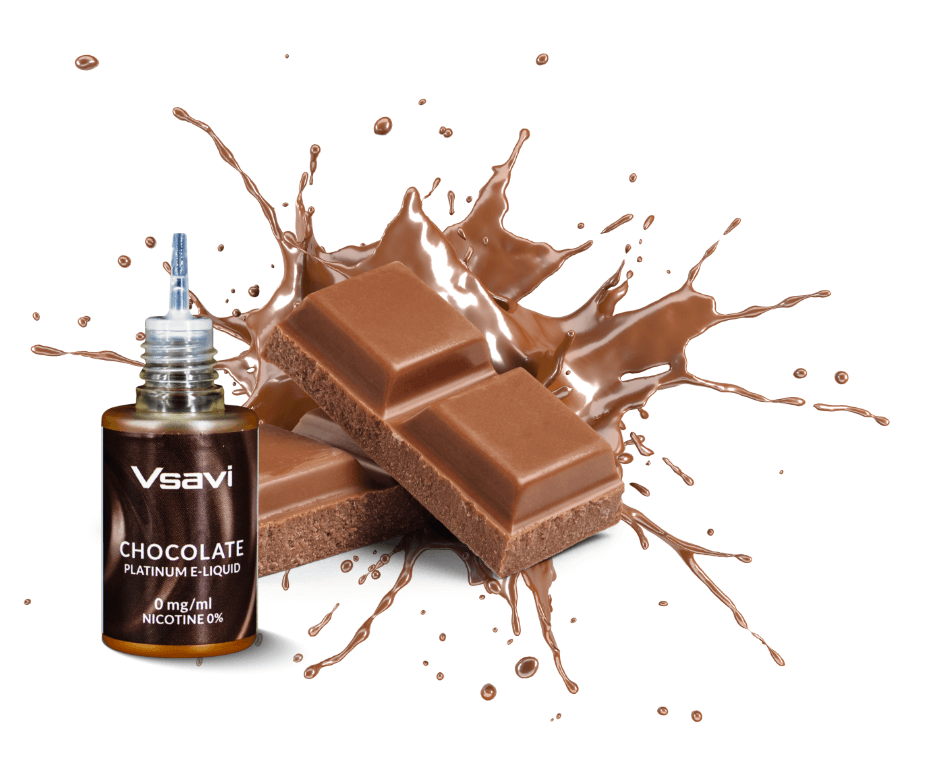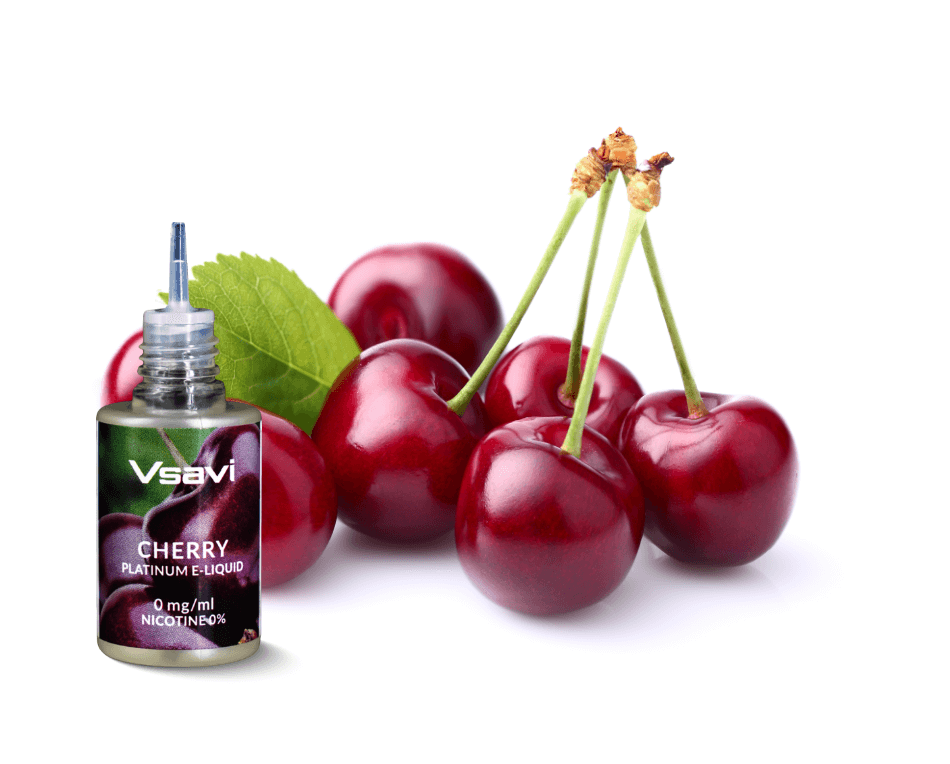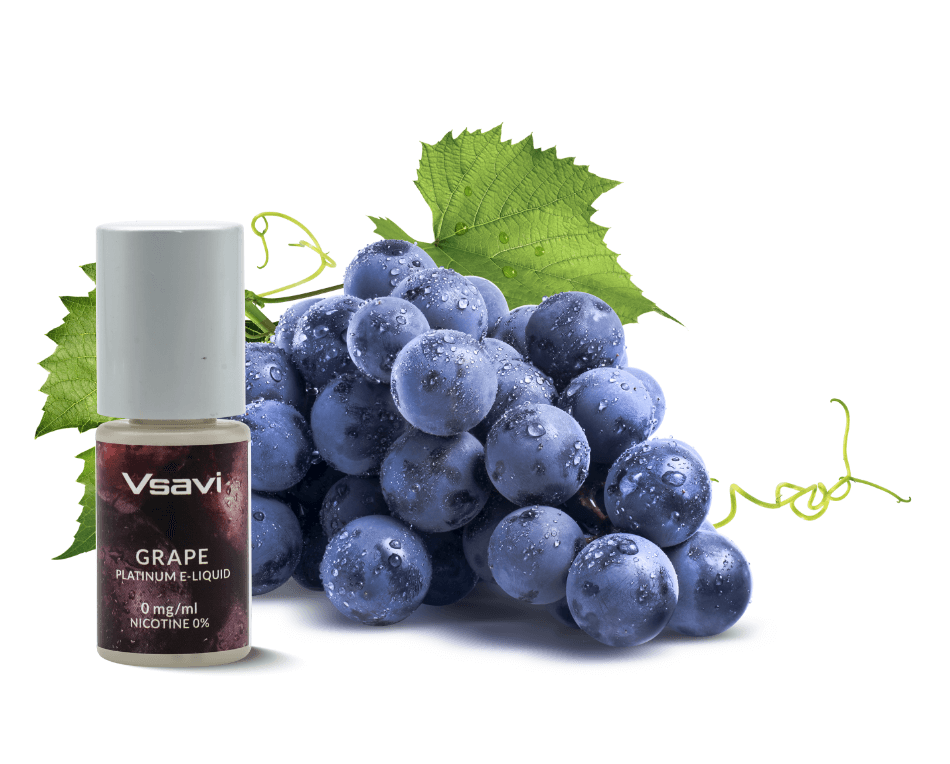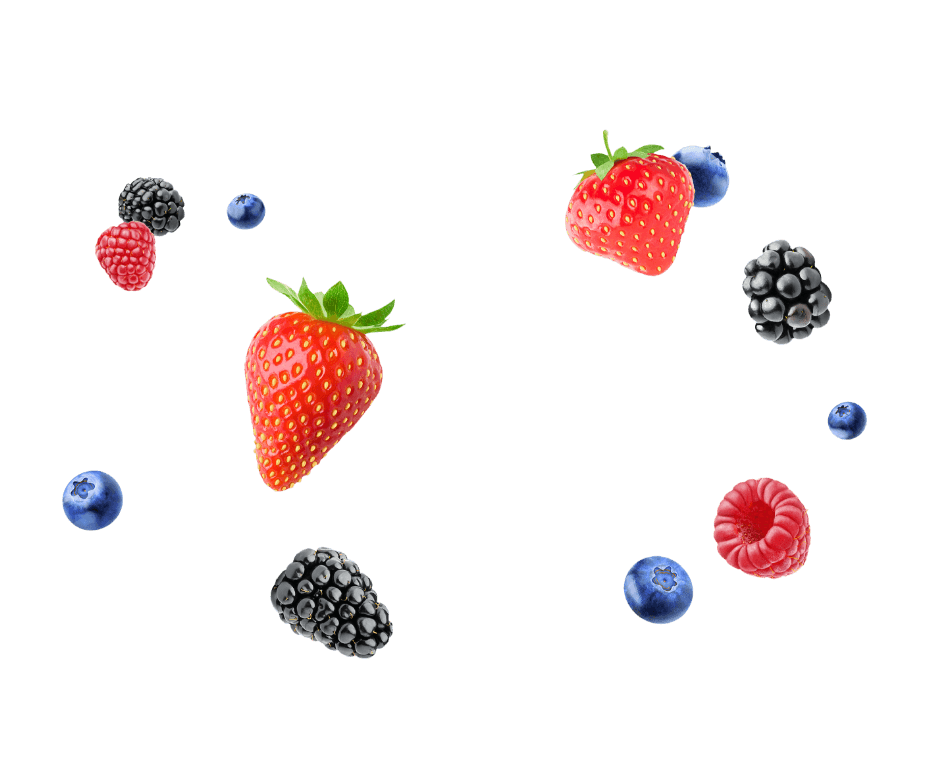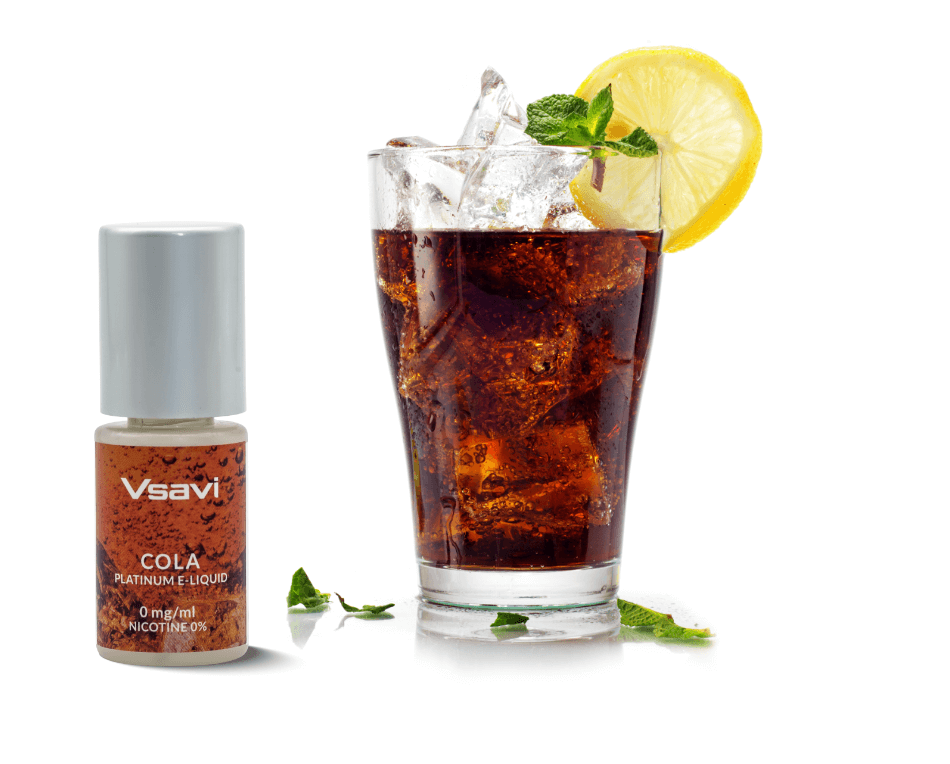(0 item)

Introduction to Taste and Flavour
When we discuss what foods and drinks we like the taste of, heated discussions can often ensue about what tastes good and what doesn’t, with someone ultimately declaring the oft-repeated rhetorical question (or something similar), “Well it’s subjective, isn’t it?”. Well, although there is some subjectivity when tasting, a food or drink can be objectively out of balance and therefore not very good or actually quite bad.
Taste is what we perceive on our tongue and includes the following five: salt, sweet, bitter, acid and umami (the fifth taste often described as savoury/meaty). Just about everything else is a flavour (or aroma) and is perceived by our olfactory gland behind our eyes in the nasal passage. Therefore, when we say we can taste vanilla, for example, what we are actually doing is sensing the flavour or aroma of vanilla.
There are some sensations in and around the mouth called trigeminal effects which include the more physical senses such as the prickle of CO2 in fizzy drinks, the different burns of chilli, mustard and horseradish, the astringency of tannins in tea and red wine and the cooling effect of menthol and mint. It is important to consider these when creating a recipe.
your tastebuds?
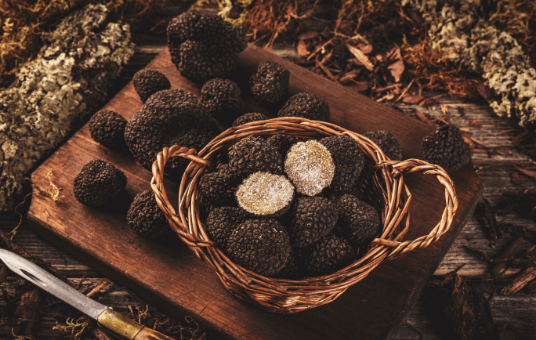
All humans are to some extent predisposed to liking sweet and salt and disliking acid and bitter.
This is because early humans learnt that if a fruit was acid then it was probably unripe and so waited until it had ripened, had increased sugars and tasted better. Bitterness in foods is often associated with poison so we are programmed to reject it, and we all need salt to live and therefore our bodies crave it if we are in need (same with fat).
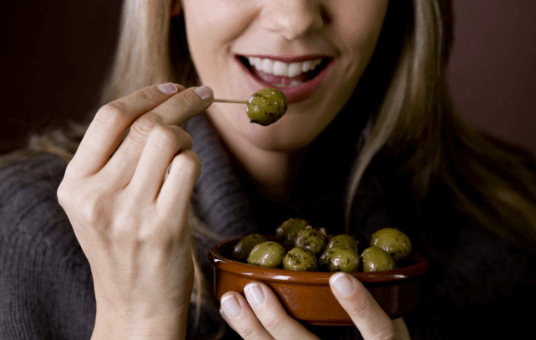
Age, gender and other demographics play a part in what tastes/flavours we like.
When we are young we are often drawn to sweet things (part of our genetics - see above), but as we grow older we acquire new tastes, and we are likely to enjoy those that are more bitter, acid, salty and astringent. It is accepted that it can take up to 13 tastes of a new food, particularly a more challenging one such as anchovies or olives, before a person becomes accustomed to it.
Tastes vary with gender but this is likely to be affected more by cultural influences and conforming to peer group pressures than anything else, with females often choosing lighter, healthier options whilst males can adopt a more bravado based taste with choices such as very hot chillies etc

As people grow up, nostalgic or evocative tastes become a bigger part of their preferred choices.
This can work in a couple of ways. Tastes of foods we had as children can, despite our palates maturing, remain enjoyable. A couple of examples are Marmite and Mr Whippy ice creams. The former is a taste that, if you don’t grow up with it, you are not likely to enjoy as an adult: salty, umami, bitter. A Mr Whippy ice cream is very sweet with a not particularly refined vanilla flavour.

Whether it is more traditional marketing by brands, brands recommended by social media influencers or just recommendations by friends, we are all persuaded at some point to try new foods and drinks and will often buy into whatever that advert/person is telling us to think that product tastes like.
Often it might be as simple as renaming/rebranding a flavour that becomes popular. The obvious one is salted caramel, a ubiquitous flavour in many sweet food categories. The fact is that caramel has always contained salt, as it is otherwise too sweet (salt cuts through the sweetness making it more palatable), but adding salt to the descriptor makes it sound more premium.

We all associate certain tastes/flavours with particular times of the day or eating occasions.
Coffee, for instance, is traditionally associated with the morning and breakfast time. The aroma of coffee can encourage to get people out of bed. Mint is more associated with the end of a meal, whether it’s a mint tea to help digestion, a mint chocolate at the end of an Indian meal or even a mint chewing gum to freshen the breath after a meal, especially if it’s been very garlicky or had other strong flavours.
Vanilla is very much tied up with puddings and a sweet treat at the end of a meal. Vanilla also has this ability to accentuate the perception of sweetness and reduce that of bitterness.
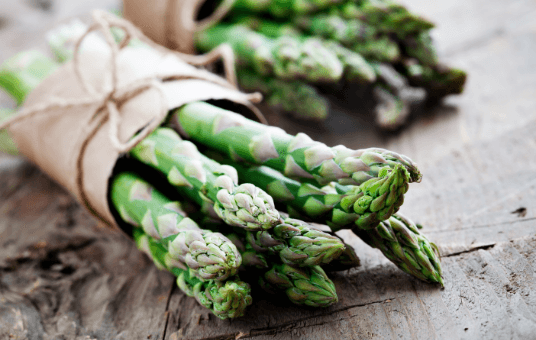
Unsurprisingly, our tastes change across the seasons.
In the colder months we are looking for heavier, more intense flavours, whereas in the warmer months we crave lighter, fresher, brighter foods. The flavours are also influenced by the temperature they are served at. Cool/room temperature foods, e.g. salads, require different seasoning to those served hot or very cold, e.g. a casserole and ice cream respectively.


